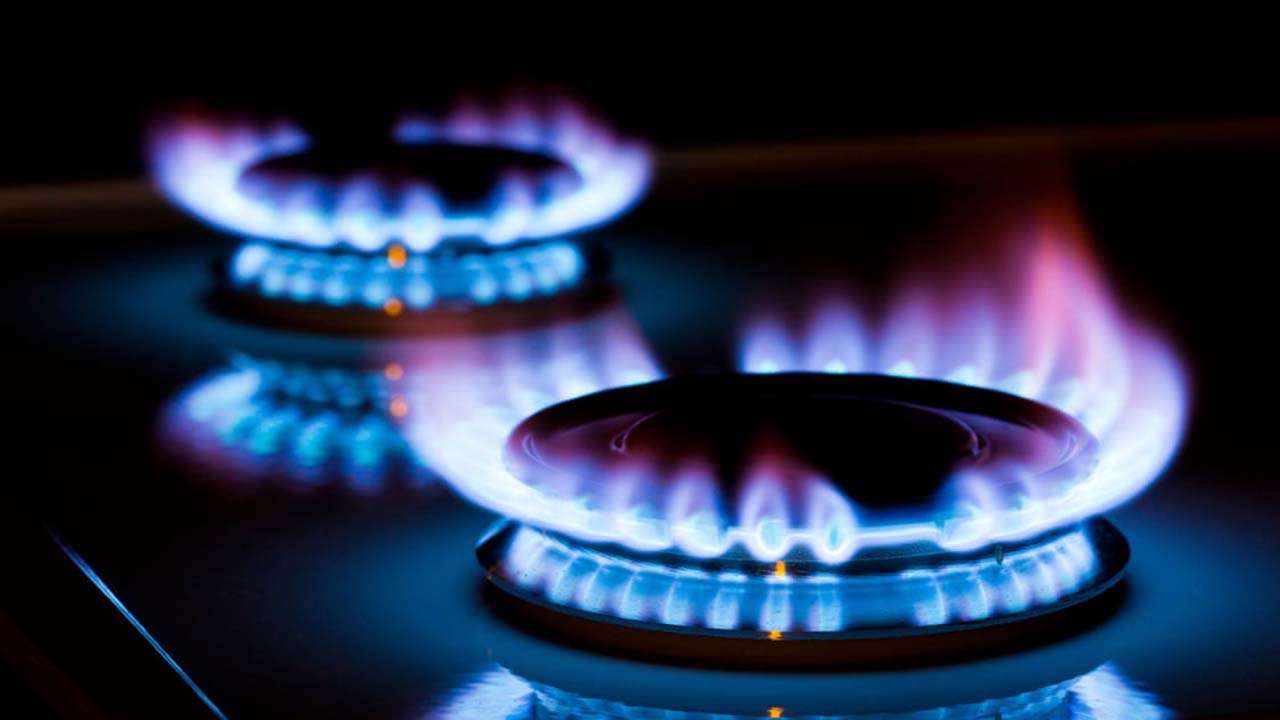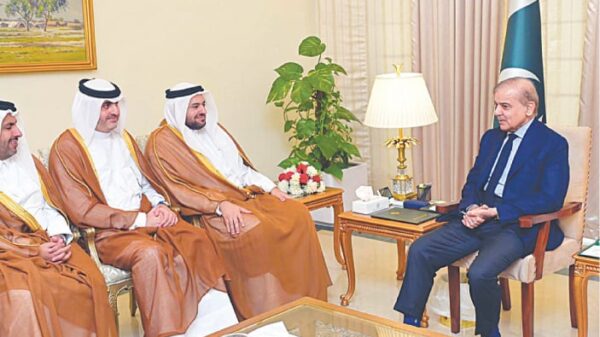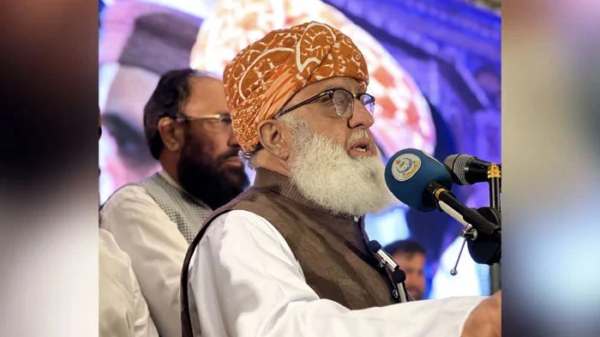The International Monetary Fund (IMF) has urged the government to align gas tariffs for captive power plants (CPPs) with Re-gasified Liquefied Natural Gas (RLNG) prices starting July 1, 2024. Senior officials from the Energy Ministry revealed that the majority of CPPs, with an efficiency of 30-35%, operate within the Sui Southern network.
The government initially sought an extension from the IMF until December 2024 to transition CPPs to the national electricity grid, as many are not yet connected. However, the IMF insists on completing this transition by June 2024, coinciding with a tariff increase up to RLNG prices effective from July 1, 2024.
Currently, gas tariffs for CPPs stand at Rs2,750 per MMBTU. These plants utilize natural gas to generate electricity for industrial consumption and sometimes sell surplus electricity to distribution companies.
In response to queries about which consumers would face tariff hikes following the Oil and Gas Regulatory Authority’s (OGRA) determination to meet revenue requirements for gas companies in 2024-25, officials stated that the government is committed to raising tariffs for captive power plants as per IMF directives. Additionally, there is contemplation about increasing tariffs for the power sector, where existing gas prices for plants are at Rs1,050 per MMBTU.
Sui Southern proposed a gas price increase of Rs274.4 per MMBTU, while Sui Northern proposed a much higher increase of Rs2,646.18 per MMBTU from July 1, 2024, citing previous years’ shortfalls totaling Rs600 billion in their petitions. The government anticipates OGRA’s determination might lead to a marginal increase of 10-15% in tariffs, with an estimated impact of Rs100-150 billion.
Identified power plants like Guddu, KE, Nooriabad, and Engro will likely face tariff increases. Despite two prior gas tariff hikes since January 2023, there hasn’t been a raise in power sector gas tariffs. Meanwhile, high-end domestic consumers are already paying tariffs at RLNG prices or higher.
The government aims to avoid further increases in gas tariffs for protected and other domestic consumers. Industrial tariffs remain high at Rs2150 per unit, with a blend of RLNG and local gas provided to industrial consumers in Punjab and Sindh.
Domestic consumers have endured two significant gas price increases in the ongoing fiscal year. The government increased gas prices substantially to achieve a revenue target of Rs902 billion, despite a requirement of only Rs701 billion. There is hope that OGRA will not allow gas companies to recover previous years’ shortfalls from consumers in one go, but rather stagger the impact over time. Additionally, there’s a need to review RLNG diversion costs to the domestic sector to mitigate tariff hikes.
The circular debt, currently at Rs2.9 trillion, includes Rs1 trillion accumulated due to stagnant gas prices over the past decade. This debt underscores the necessity of regular adjustments in gas tariffs, a measure that has been historically avoided by governments despite OGRA’s determinations.










